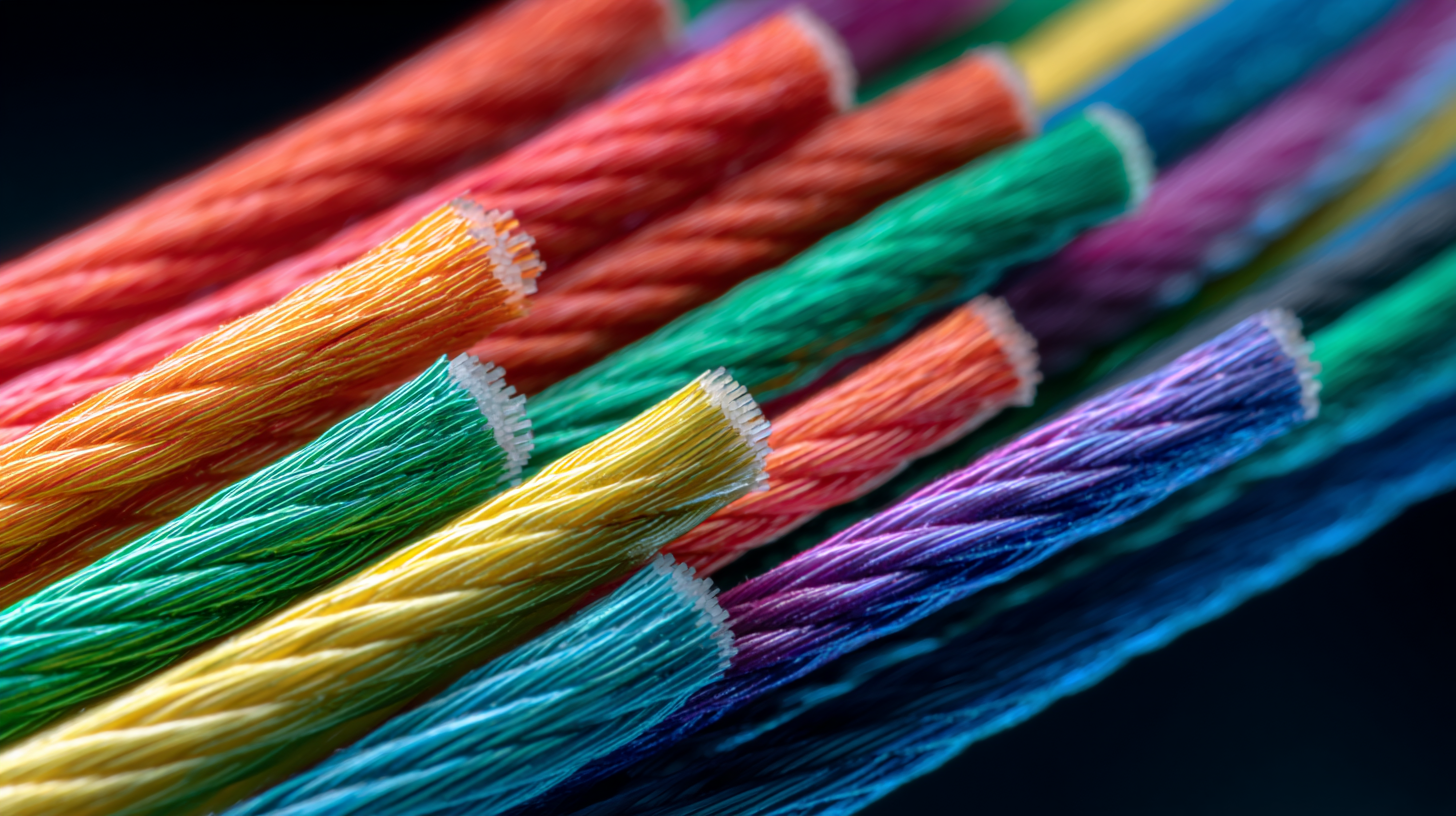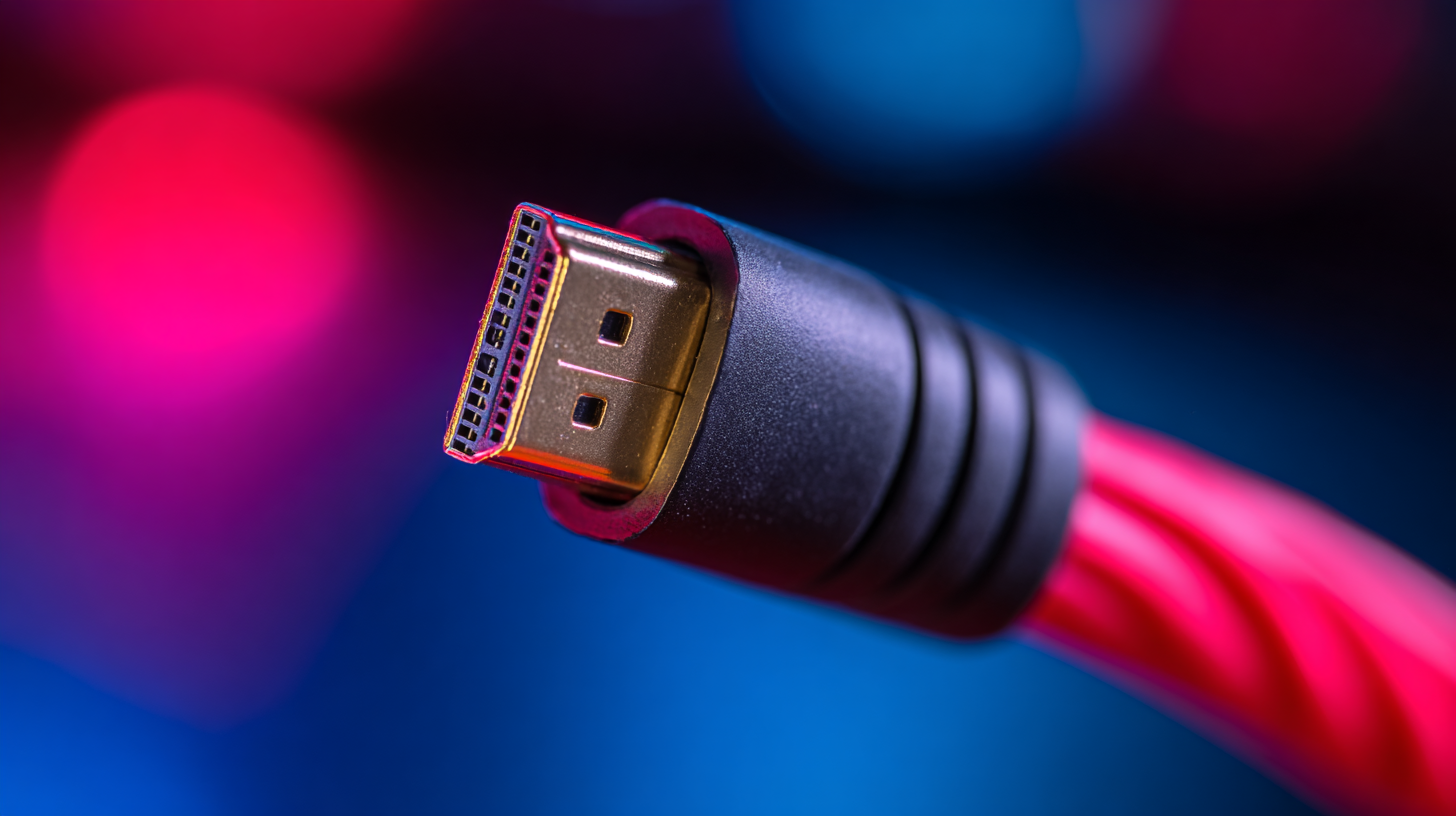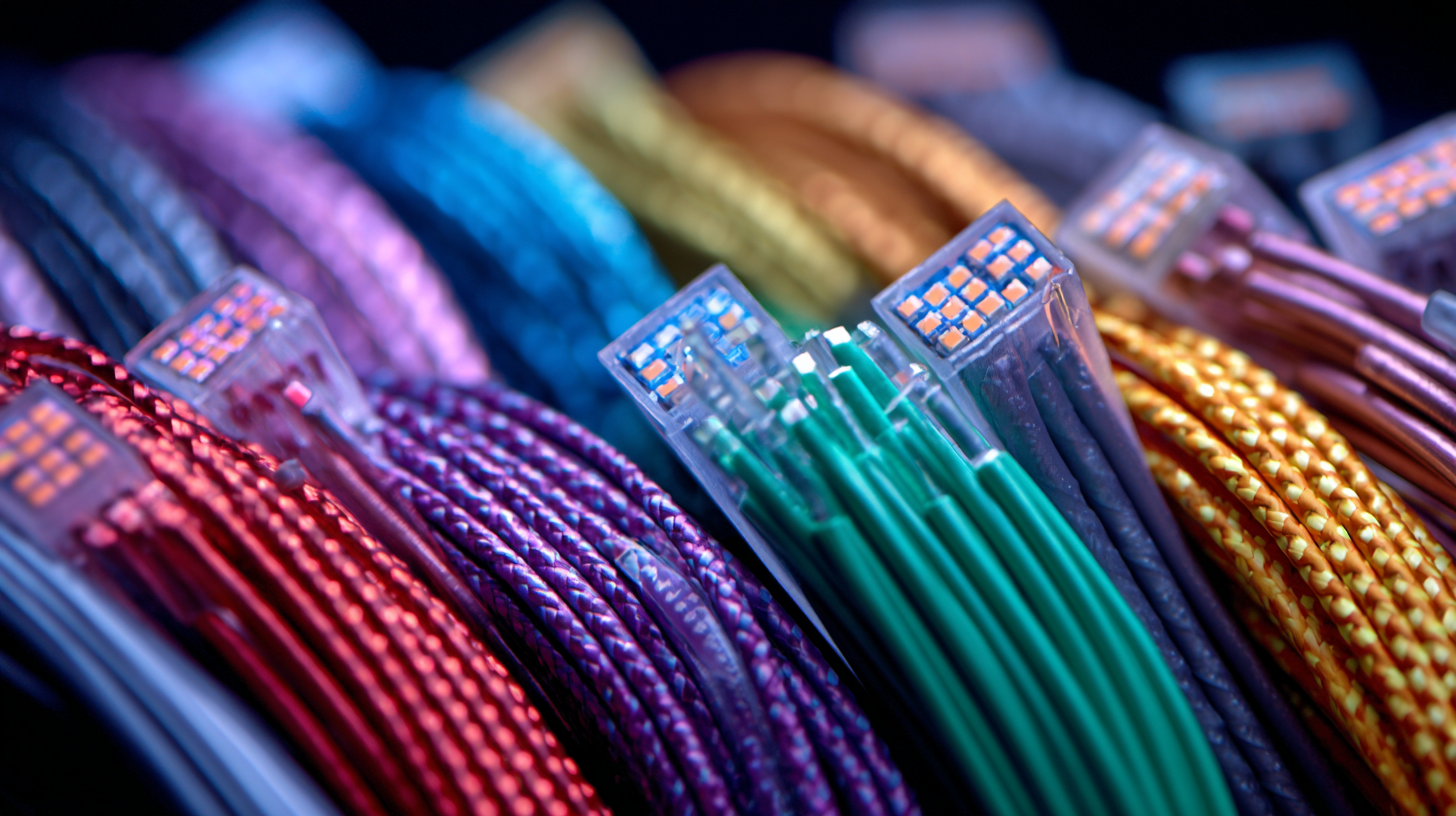In the rapidly evolving landscape of modern electronics, the integration of innovative technologies is pivotal in enhancing performance and efficiency. One such advancement is Flat Cable technology, which has gained considerable traction due to its numerous benefits. According to a report by Allied Market Research, the global flat cable market is projected to reach $9.66 billion by 2027, growing at a CAGR of 5.4%. This growth is indicative of the increasing demand for space-saving, lightweight, and flexible interconnect solutions that Flat Cables provide. Their design allows for better airflow, reduced electromagnetic interference, and simplified installation processes, making them ideal for applications ranging from consumer electronics to industrial automation. In this blog, we will delve into the advantages of Flat Cable technology and its transformative impact on modern electronics, offering practical tips for leveraging this innovation in various settings.

The evolution of flat cable technology has significantly shaped the landscape of consumer electronics. Initially envisioned for aesthetic purposes, the need for slim, versatile connections has driven advancements in cable design and manufacturing. With the rise of technologies such as AI and 5G, flat cables have become indispensable in creating sleek devices that prioritize both function and form. Their low-profile characteristics allow for better airflow and heat management, crucial for modern electronics that require efficient performance.
Tips for leveraging flat cable technology include selecting cables that offer flexibility and durability, ensuring they can withstand the rigors of daily use. Additionally, consider the installation environment; using flat cables can greatly reduce clutter, making both setup and maintenance easier. As consumer preferences continue to lean towards minimalistic designs, embracing flat cable technology is a smart choice for manufacturers looking to stay ahead in the competitive electronics market.

The evolution of flat cable technology has significantly shaped the landscape of consumer electronics. Initially envisioned for aesthetic purposes, the need for slim, versatile connections has driven advancements in cable design and manufacturing. With the rise of technologies such as AI and 5G, flat cables have become indispensable in creating sleek devices that prioritize both function and form. Their low-profile characteristics allow for better airflow and heat management, crucial for modern electronics that require efficient performance.
Tips for leveraging flat cable technology include selecting cables that offer flexibility and durability, ensuring they can withstand the rigors of daily use. Additionally, consider the installation environment; using flat cables can greatly reduce clutter, making both setup and maintenance easier. As consumer preferences continue to lean towards minimalistic designs, embracing flat cable technology is a smart choice for manufacturers looking to stay ahead in the competitive electronics market.
Flat cable technology has transformed the landscape of modern electronics by offering exceptional space efficiency. Unlike traditional round cables, flat cables are designed to occupy less volume, making them a perfect fit for compact devices. This feature is especially valuable in today’s consumer electronics market, where manufacturers strive to maximize performance while minimizing size. With flat cables, designers can achieve a streamlined appearance without sacrificing functionality, allowing for thinner devices that are both aesthetically pleasing and easy to handle.
In addition to space efficiency, the flexibility in design offered by flat cables is another significant advantage. Their low-profile structure allows for easy routing in tight spaces and complex designs, which is crucial for intricate assemblies like smartphones, laptops, and wearable technology. Flat cables can bend and maneuver around corners without risk of damage, giving engineers greater freedom in their design processes. This flexibility not only enhances the overall performance of electronic devices but also simplifies manufacturing, reducing assembly time and improving reliability.
| Feature | Description | Benefit | Application Areas |
|---|---|---|---|
| Space Efficiency | Flat cables take up less space compared to traditional round cables. | Ideal for compact designs, reducing bulk and clutter. | Mobile devices, wearable technology, and automotive electronics. |
| Flexibility | Flat cables can bend and twist in various directions without damage. | Facilitates design freedom and can be routed easily in tight spaces. | Consumer electronics, robotics, and industrial equipment. |
| Reduced Weight | Flat cables generally weigh less than their round counterparts. | Helps in weight-sensitive applications, enhancing overall product mobility. | Aerospace, automotive, and portable devices. |
| Improved Signal Integrity | Flat cables can be designed for optimal electromagnetic shielding. | Ensures high performance and reduces interference. | Data transmission, telecommunications, and high-frequency applications. |
| Cost-Effectiveness | Manufacturing flat cables can be less expensive in bulk. | Reduces overall material costs for large production runs. | Mass-produced electronics and consumer devices. |
Flat cable technology has gained significant traction in modern electronic applications, providing unique advantages over traditional round cables. The comparative analysis reveals that flat cables are not only space-efficient but also offer improved performance in high-density environments. According to a report by Allied Market Research, the global flat cable market is projected to reach $3.68 billion by 2026, reflecting a growing demand for efficient connectivity solutions that are less cumbersome than their round counterparts.
One of the main benefits of flat cables is their ability to accommodate tighter bends and fits within compact designs, making them ideal for devices like smartphones, laptops, and various consumer electronics. For instance, flat cables can facilitate a more streamlined assembly process, reducing manufacturing complexity and costs. Additionally, a study by ResearchAndMarkets indicates that flat cable configurations reduce the potential for signal interference, enhancing data transmission integrity—an essential factor in high-speed applications. As technology continues to evolve, the preference for flat cable solutions is expected to grow, promising a new standard for efficiency in electronic connectivity.

Flat cable technology has emerged as a critical component in modern electronics, particularly in enhancing signal integrity and data transfer rates. According to a report by the Electronic Components Industry Association (ECIA), flat cables can reduce electromagnetic interference (EMI) by up to 80% compared to traditional round cables. This significant reduction is crucial for high-frequency applications where data integrity is paramount. By maintaining a consistent impedance and minimizing crosstalk, flat cables ensure that signals remain strong and clear, which is vital for applications in telecommunications, computing, and multimedia systems.
Moreover, as data demands continue to escalate in various sectors, the ability of flat cables to support higher data rates becomes increasingly important. The International Electrotechnical Commission (IEC) has indicated that advanced flat cable designs can achieve data transfer rates exceeding 10 Gbps, making them suitable for 4K/8K video transmission and high-speed networking. This capability positions flat cables at the forefront of innovations in industries such as consumer electronics and automotive technology, where reliable, high-speed data transfer is essential for enhanced user experiences and system performance.
The flat cable technology is rapidly gaining traction in various industries, with significant implications for the telecom and entertainment sectors. The telecom cable market is projected to reach USD 75.0 billion by 2035, showcasing a compound annual growth rate of 3.39%. This trend highlights the growing demand for more efficient data transmission solutions that flat cables provide. Their ability to minimize space consumption and reduce interference makes them ideal for high-performance applications, particularly as the world shifts towards 5G networks and IoT connectivity.
In the realm of entertainment and media, the industry is expected to grow to an astounding USD 3.5 trillion by 2029. As this growth accelerates, companies are exploring innovative technologies, including flat cable solutions, which are essential for modern audiovisual systems. The need for flexible, reliable, and high-bandwidth connections is more critical than ever, and flat cable technology is positioned to meet these requirements. With ongoing advancements and a focus on enhancing user experiences, the future of flat cable utilization looks promising across these evolving markets.






